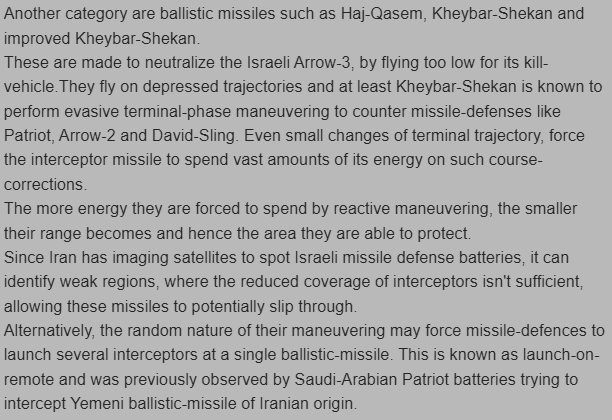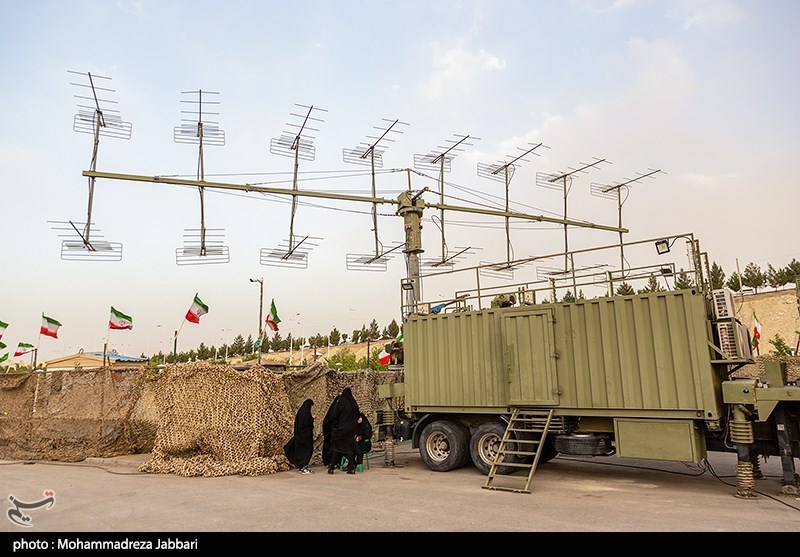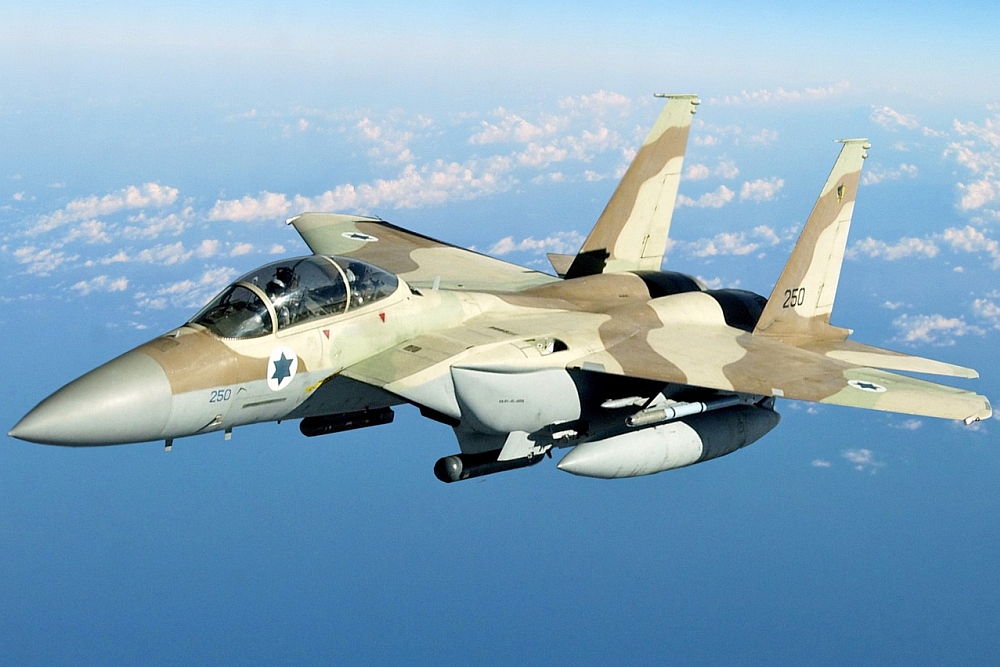🔴 My deep article about Iran weapons of choice during the ongoing retaliation strike
⬇️
(Split into 11 tweets)
⬇️
(Split into 11 tweets)

• • •
Missing some Tweet in this thread? You can try to
force a refresh





























